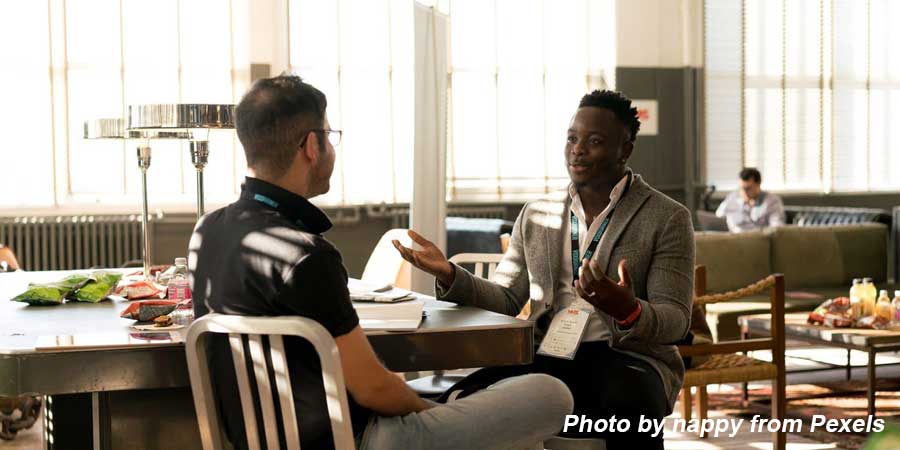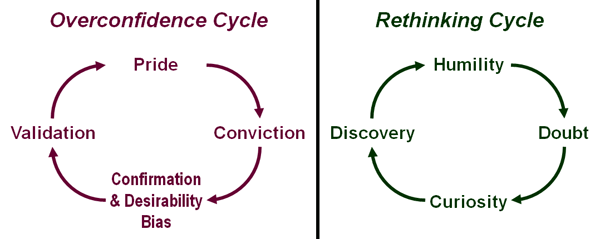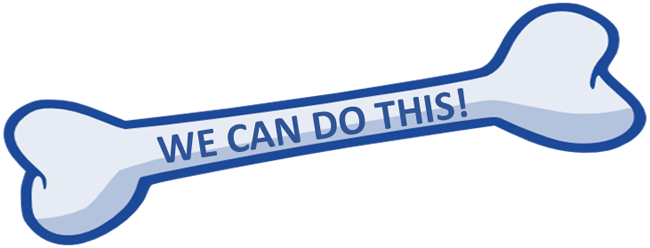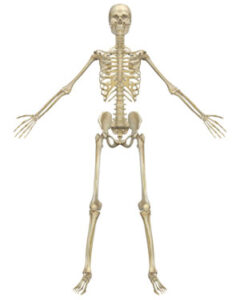I have aspired to be a meditator for a long time. I dipped my toe in those waters in the 1990s with a weekly class at the Spirit Rock Meditation Center in Marin County, California. To my chagrin, meditation was not a discipline to which I had easy access. I found myself either too preoccupied to pay attention to the breath consistently or so exhausted that I’d fall asleep the minute I released the tensions of the day. Feeling a failure, I abandoned the effort.
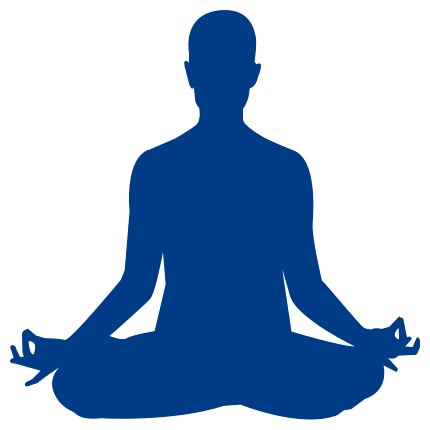 I started researching and writing about meditation in early 2018 and assumed that my immersion in the science of meditation would have a positive effect on my practice. Not so much. I still found it difficult to sit still and focus on the breath. But when the final chapters of parent care and then COVID-19 brought new flavors of stress into my life, I finally got with the program. I still struggle from time to time, but the voice in my head has become far less critical about my fledgling attempts to be in the moment.
I started researching and writing about meditation in early 2018 and assumed that my immersion in the science of meditation would have a positive effect on my practice. Not so much. I still found it difficult to sit still and focus on the breath. But when the final chapters of parent care and then COVID-19 brought new flavors of stress into my life, I finally got with the program. I still struggle from time to time, but the voice in my head has become far less critical about my fledgling attempts to be in the moment.
If you hail from the land of Type As and find meditation challenging – even though it’s good for you – I feel your pain. I’ll also suggest that you curl up with Dan Harris’ book entitled 10% Happier. It’s part memoir, part bird’s eye view into meditation, and part words-of-wisdom from a guy who lived life in the fast lane for decades before embracing this ancient practice.
Harris launched a career in TV news right out of college. After working for local stations in Bangor, ME and Boston, MA, he landed a coveted job in network news at ABC under the tutelage of Peter Jennings. He worked insane hours, took every assignment offered him – including really dangerous ones – and leaned into the intensely competitive and ego-bashing side of the business for the sake of advancement. And advance he did! Yet on June 7, 2004, in front of 5 million viewers, he had a self-described on-air meltdown. That wake-up call started an intensive journey of self-discovery.
A fortuitous assignment covering faith in America eventually led Harris to Buddhism and meditation. His early impressions were less than favorable given a perception that the practice was too hippy-dippy for a seasoned journalist, news anchor, and morning show host. His gateway to the practice came through the aegis of psychiatrist Mark Epstein, MD for whom Buddhism’s positive outlook and meditative principle of living in the moment profoundly influenced his practice. Epstein spoke a language that Harris understood and, in time, convinced him to engage fully in the practice.
Harris’ description of his journey from novice meditator to committed practitioner bears the marks of unvarnished truth with a solid dose of humor thrown into the mix. If you’ve struggled with the practice – as I have – you’ll find a kindred spirit in Harris. You’ll also find that you can embrace a new way of being without sacrificing the edge that helps you function in an intense, challenging, competitive environment. To that end, Harris serves up ten pieces of advice for the meditative corporate samurai:
- Jettison the jerk and embrace your most compassionate self. It feels better and draws friends and allies into your circle.
- Don’t broadcast your Zen-fulness or expect an accommodation for it in a tough professional context. Simply compete aggressively but calmly.
- Recognize that meditation confers a gaggle of benefits and enables you to respond rather than react to impulses and provocations.
- Figure out when worry and anguish yield a positive outcome and when they don’t. Let them go in circumstances beyond your control, capacity for change, or long-term benefit.
- Let your newfound equanimity impact creativity positivity. Celebrate the spaciousness created by clearing out the routinized rumination and unhelpful assumptions.
- Don’t force your way through difficult circumstances. Take purposeful pauses and embrace ambiguity as you make your way through.
- Embrace humility as a means of staying agile and open-minded.
- Go easy on self-criticism. Acknowledge flaws, forgive and learn from mistakes, and move forward. Resilience works better than recrimination.
- Work hard, play to win, but don’t get overly caught up in the results. There will be other games to play and new results for which to strive.
- Focus on what matters most. Use it as a gut-check when looking toward the future.
Harris published his book in 2014 and stayed with ABC News for another seven years. He left in late 2021 to focus on his mindfulness and meditation company, Ten Percent Happier.
